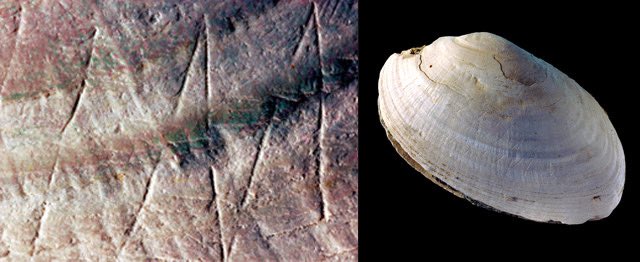
Seth Chagi (@sethchagi.bsky.social)
@WrldOfPaleoAnth
#PaleoAnth/#Humanist/#Heathen/#LGBTQIA/He/Him/His
Follow for all things #HumanOrigins and #Evolution
Home of the #WorldofPaleoanthropology
ID:1143725113994428416
http://www.worldofpaleoanthropology.org 26-06-2019 03:38:11
17,6K Tweets
2,7K Followers
2,7K Following
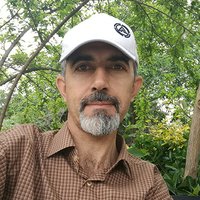


Premiering Today!
Find all episodes of the #PaleoPostPodcast here -
youtube.com/playlist?list=…
You will learn and enjoy! I guarantee it!


Premiering Today!
Find all episodes of the #PaleoPostPodcast here -
youtube.com/playlist?list=…
You will learn and enjoy! I guarantee it!



Really nice study of the Late Pleistocene #IwoEleru mandible from #Nigeria by Katerina The Harvati lab at University of Tübingen Chris Stringer & Caleb Adebayo Folorunso, with insights into hybridisation processes
paleoanthropology.org/ojs/index.php/…
#HumanEvolution #OpenAccess #PaleoAnthropology
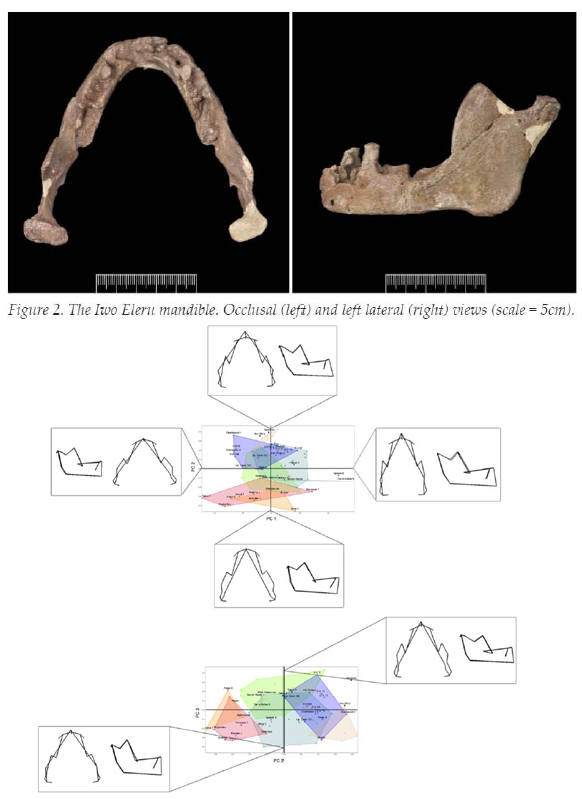

TFW you’re quoted by Scott Simon on this morning’s Weekend Edition!!! 🤩🙌🏻 npr.org/2024/05/04/124…


#FossilFriday Natural History Museum NHM Anthropology Our Human Evolution exhibition has a million visitors a year, with originals such as the Clacton spear, Cheddar Man, and the Kabwe and Gibraltar Neanderthal fossils..
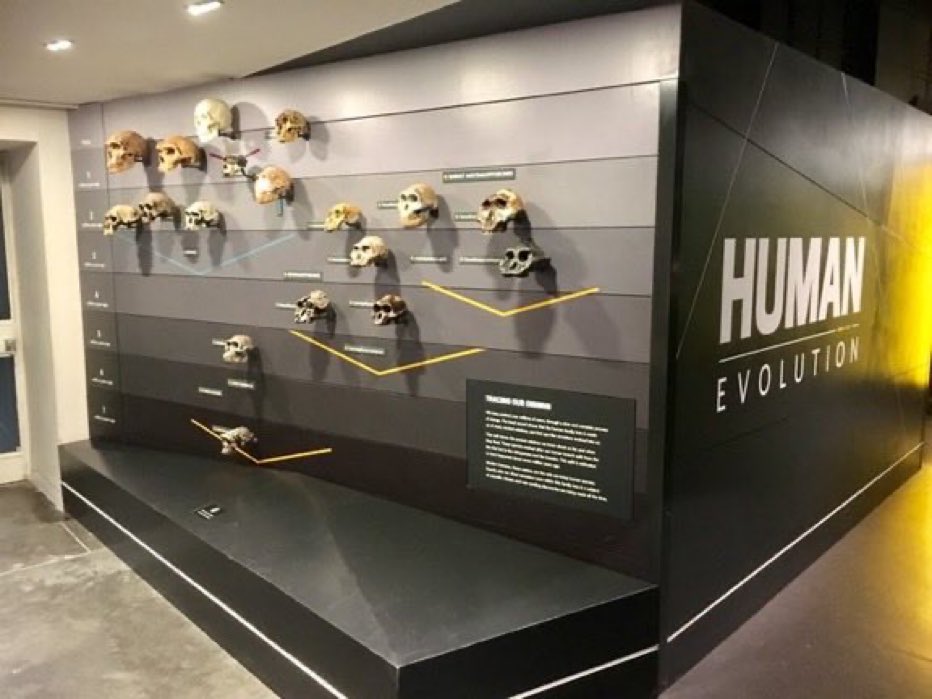

Primatologist Frans de Waal (1948–2024) 'spent his career, as both a scientist and an award-winning science writer, shrinking the distance between humans and animals.'
Read more about his life in a new #ScienceRetrospective : scim.ag/6Oy


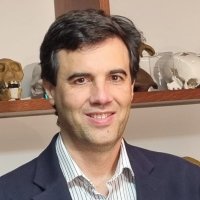
Este domingo mi blog #NutcrackerMan cumplirá 10 años. Tengo un post preparado para ese día, acompañado por Nariokotome (Homo erectus), OH 24 (H. habilis), ER 1470 (H. rudolfensis), OH 5 (Paranthropus boisei), Taung (Australopithecus africanus) y Lucy (Au. afarensis) #FossilFriday
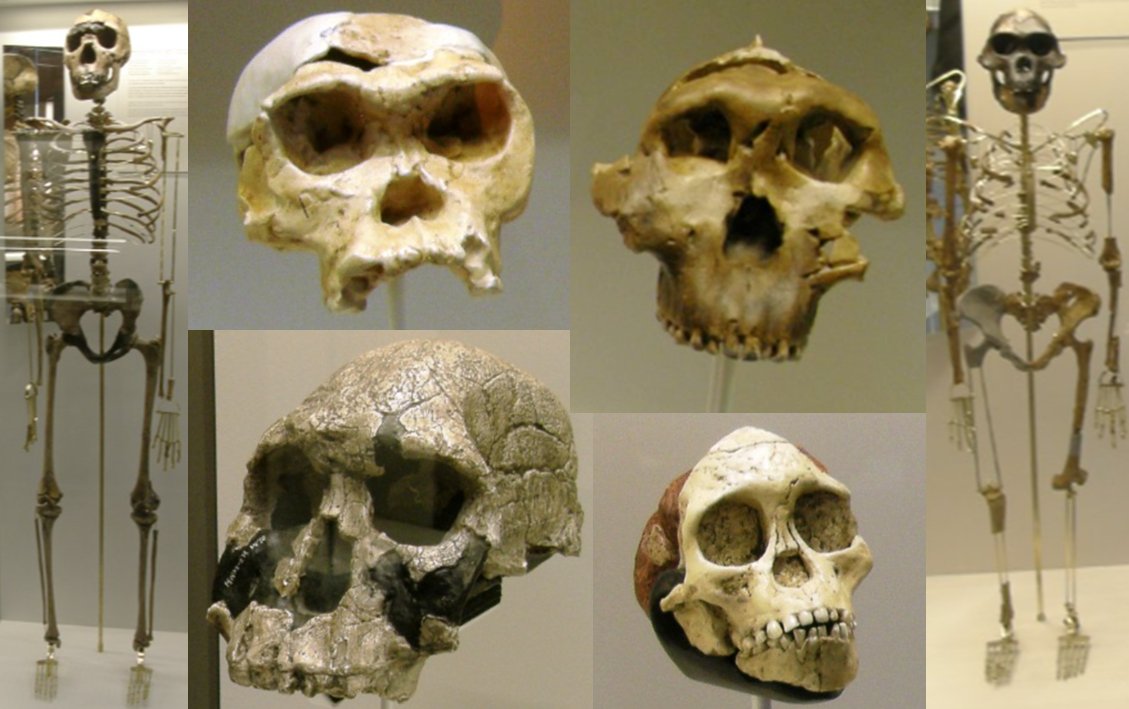
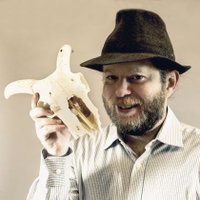
Had a great chat on Decoding The Gurus about some of my strategies and approach to JRE





